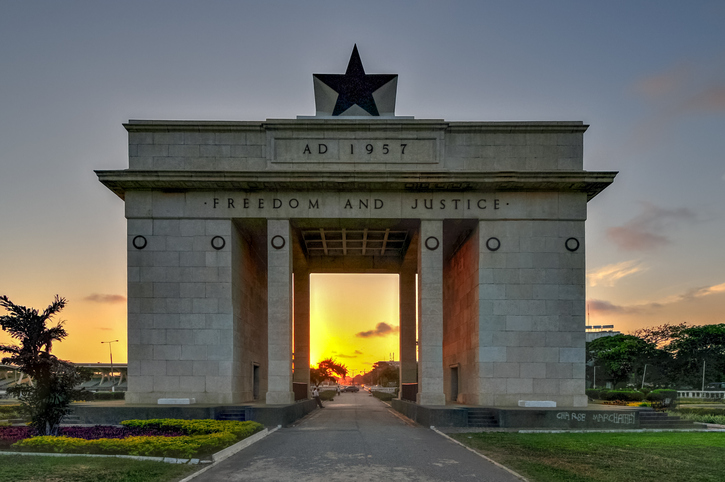Ghana is known as the gateway to Africa. This West African country is peaceful, safe, friendly and easy to navigate. It is a perfect destination for travelers (male and female) wanting a feel of Africa. It welcomes the visitor with its heart-touching hospitality and culture. The warmth the country gives foreigners from all worth of life.
Travel Noire talked to Derrick Koney, also known as Nii Ghana, about how to explore the country as best as possible. Koney is an experienced tour guide who owns Nii Travel, a Travel agency based in Accra.
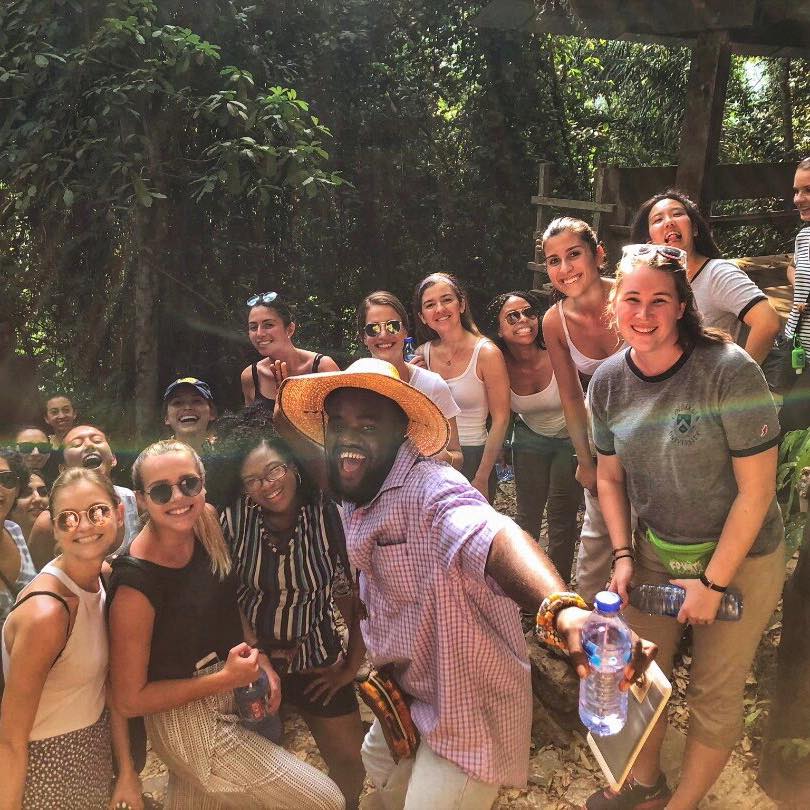
“The country offers tropical beaches like in Hawaii, fascinating historical heritage like Rome, cultural variety like India, diverse wildlife and diversified cuisines and incredible nightlife just like in the USA,” he told Travel Noire.
See below the ultimate guide to Ghana, according to Nii Ghana.
Explore Accra
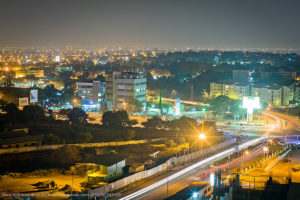
We get to explore the urban Accra, which is more like a diversified blend of the past, present and multi-cultures. Take an extensive tour through the colorful and vibrant streets of Accra and spend an afternoon exploring the town’s many historical sites, picturesque spots, street foods and craft markets.
Visit Independence Square
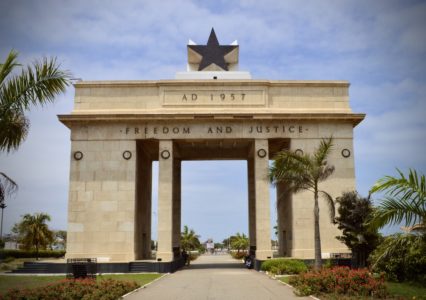
Black Star Square, also known as Independence Square, is located in Accra, Ghana, and is now the site for all national gatherings in the Ghanaian capital. It was completed in 1961 to coincide with the state visit of Queen Elizabeth II in November 1961.
From the first parade in honor of the Queen’s visit all the way up to the present day, Black Star Square has hosted all of the country’s major national public gatherings, national festivals, military parades, concerts, and even crusades. None of these is more important than the Independence Day parades held in the square each year on March 6.
The square serves as one of Ghana’s picturesque sites for tourists in Ghana. If you want to prove to people you were in Ghana this is one of the spots to take a picture.
Visit The Makola Market
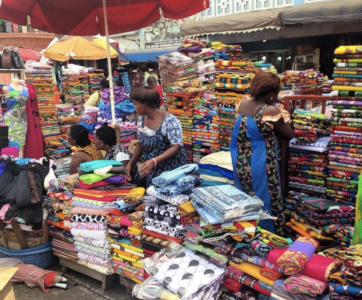
Do a walk through the renowned marketplace and shopping district in the center of the city of Accra which overflows with goods from colorful fabrics, fruits, clothes, scents and sounds, hustle and bustle.
It is the best place to absorb the atmosphere of a West African market.
Explore The Arts Center
Visit the Arts Centre which is vibrantly filled with a maze of alleyways with mini stalls exhibiting authentic Ghanaian art in the form of handcrafted clothes, jewelry, sculptures and paintings to shop for souvenirs and some traditional outfits.
Visit Labadi Beach

Labadi beach is the busiest and most popular beach in Ghana, hosting several beach restaurants and bars.
It offers a great urban beach experience, with a view of the Atlantic Ocean accompanied by numerous beach activities like horseback riding, swimming and beach ATV rides.
Labadi beach is a hub for non-stop beach parties and must be on the list of places to visit in Ghana.
Aburi Botanical Gardens
Aburi has always been one of my favorite places in Ghana because of its peaceful ambiance compared to the busy Capital, with its mountain breeze and how it welcomes you with its jungles and beautiful views from the peaks of the mountains. Learn about some vital and exotic plants in the universe and expose yourself to the ingenuity of the locals as you interact with them.
Waterfalls
Ghana might not be on the list of countries with famous waterfalls, but that doesn’t take away the fact that we have some of the most fascinating and beautiful waterfalls tacked in the bosom of the jungles.
Chasing Ghana’s hidden gems should be on your list of things to do in Ghana.
The country has about ten unique waterfalls, but the most recommended would be the Boti waterfalls.
Wli waterfalls, or Agumatsa, as the locals call them, is the second on my list of fascinating waterfalls in Ghana. It would be West Africa’s tallest waterfalls, with 1600 feet down into a pool at the base is a must-visit in Ghana.
The Assin Manso Slave River Site
The Assin Manso Slave River Site (Donkor Nsuo ) served as the place where enslaved Africans had their last bath on African soil before being marched down to the slave castles of Elmina and Cape Coast along the coast. pic.twitter.com/pusImz46or
— GHANA FACTS & HISTORY (@GhanaianMuseum) August 27, 2021
The Assin Manso slave river site served as a place where enslaved Africans had their last bath on African soil before being marched down to the slave castles.
They were fed and cleaned to appear attractive and healthy to guarantee higher prices.
The river is home for the first two diasporas (Lady Crystal from Jamaica and Samuel Carson from New York), whose remains were brought to Ghana through the “door of return” and Reburied.
Also, remains of African slave descendants from Barbados are buried on the site to symbolize emancipation and reconnection.
Elmina Town & The Elmina Castle
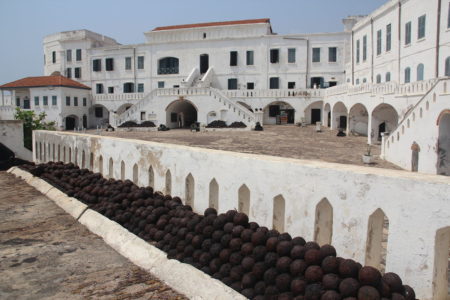
Ghana’s historic towns house the oldest European building in sub-Saharan Africa.
Elmina town was the headquarters of the Portuguese for 150 years and was designed to fit the status of Lisbon (Portugal’s capital). The city was a slave harbor where enslaved Africans, kept in the castle, were shipped off into the new world through the door of no return.
The building, constructed in 1482, is the first slave castle on the Gold coast, now Ghana.
Cape Coast Castle
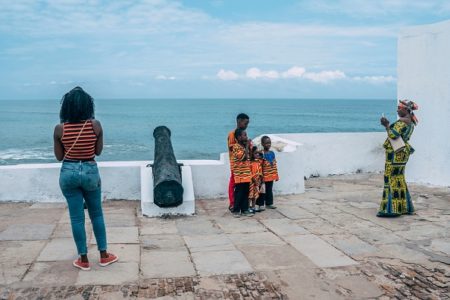
A site Barack Obama once said reminds him of the capacity of human beings to commit great evil.
The Cape Coast Castle is one of the 40 castles and forts which constantly reminds us of the dark times in our history from the discomfort in the dungeons, torture, rapes and people losing their lives remained the fate of the captives till the walkthrough of the “DOOR OF NO RETURN” into the slave ships.
Today, people of African descent visit the castle to hear the untold stories the walls have to tell.
Visit The Kumasi
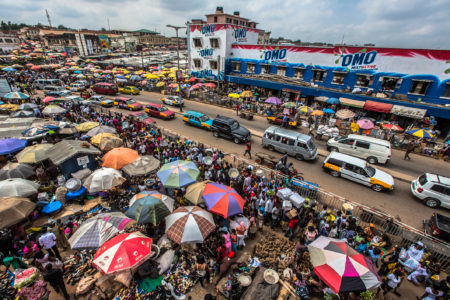
Visit the lush heartland of Ghana, a region full of rich traditions. This powerful kingdom is part of Ghana, known as the heart of Ghanaian culture.
The famous Kente cloth, exquisite pottery and carvings, mouthwatering traditional dishes and the feel of walking through the ancient yet fascinating streets of the city is an experience undescribed by words.
Visit The Manhyia Palace

Visit one of the most powerful kingdoms in the world. ‘Manhyia’ (Akan language meaning Oman hyia – the gathering of the town’s people) serves as the central palace for the Asantehene (Ashanti king).
Explore the unique museum established to commemorate past leaders and to communicate the richness of our history and culture to future generations.
The Adinkra Village
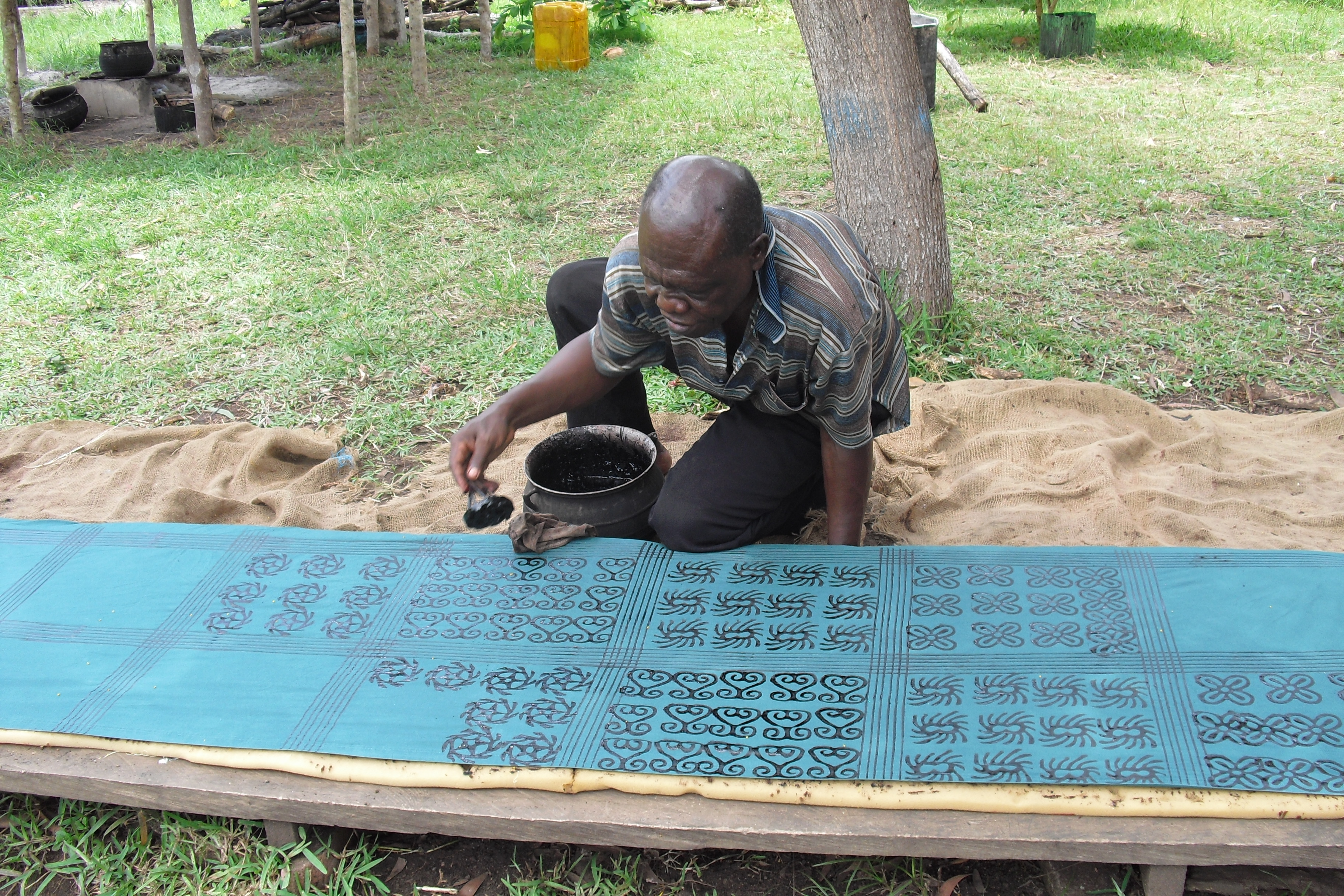
The Adinkra village is famous for its adinkra cloth design. Adinkra in the local dialect means “farewell”.
The designs are prominent for the proverbial content. It was worn only for funerals in the Ashanti Region and produced mainly in black, brown and red.
Today, it is made in all colors and used throughout Ghana for numerous occasions and even for tattoos.
A trip to the Adinkra village entails learning about how the dye is extracted from a tree and the process involved in making it. Then, make your imprints using the adinkra stamps on your preferred cloth.
The Kente Village
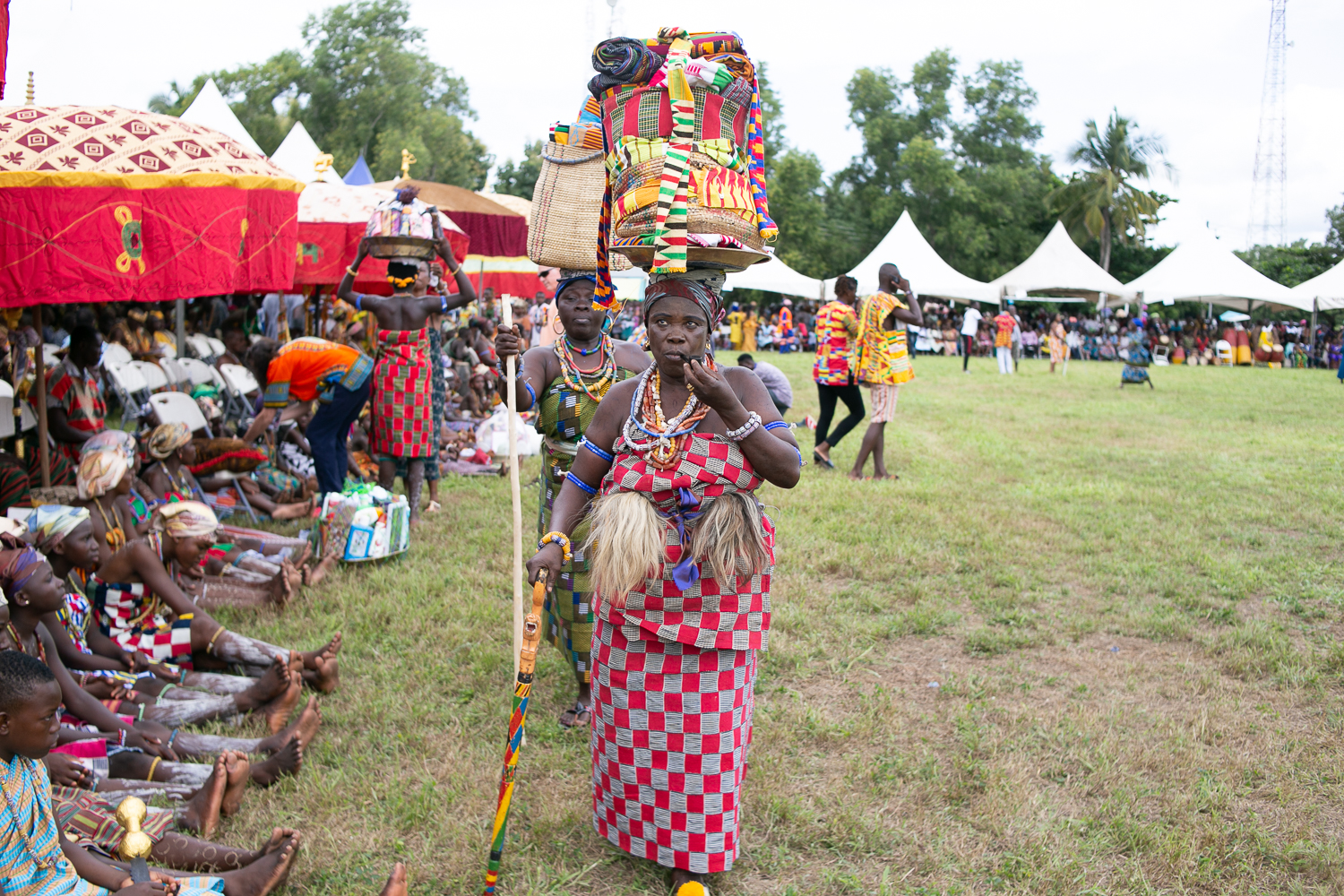
Kente is a colorful handwoven Ghanaian traditional fabric, worn during important occasions and celebrations. It is believed to be inspired by the craftmanship of the spider in making its webs.
Today, it is a symbol of African culture, heritage and ingenuity not just in Ghana but the entire continent of Africa. Learn all about the history and the process involved in creating one of Africa’s cultural treasures.
